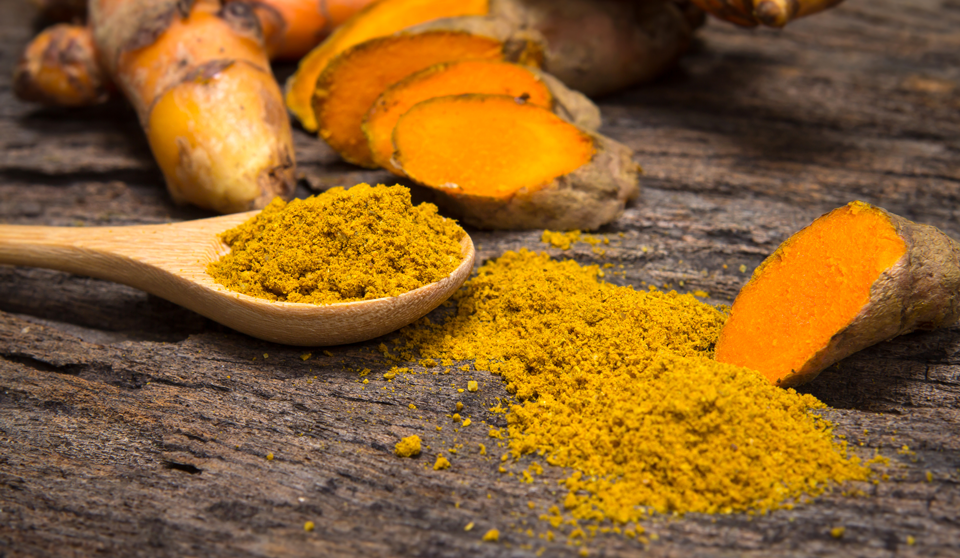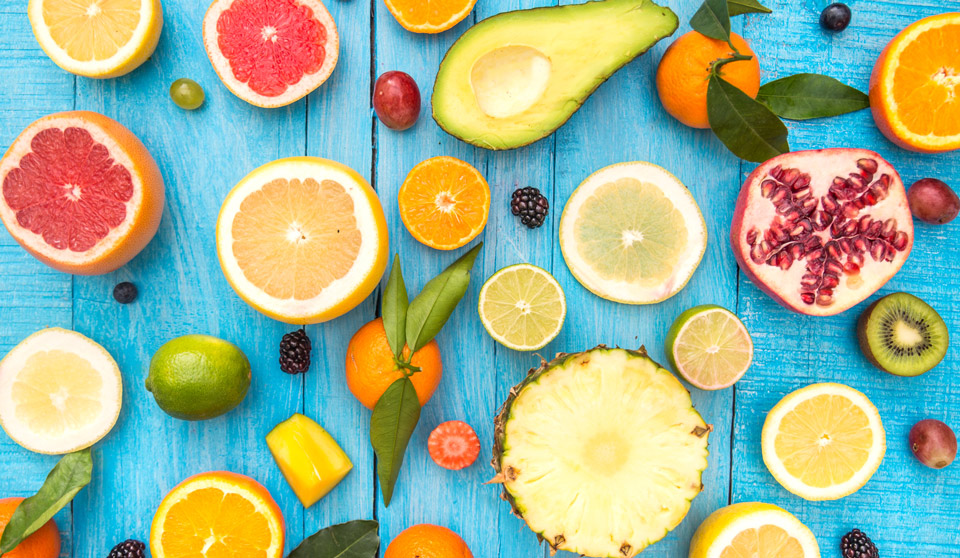
Can You Prevent the 5 Common Medication Problems in Aging?
Did you know that as you get older, your body changes in such a way that you will likely experience more medication side effects? In fact, one in six adults over the age of 65 will likely experience a harmful reaction to a medication. That is why it is important to try to organize your medications appropriately to reduce the risk of serious injury. It is also important to understand what medications you are taking and eliminate duplicate medications if possible.
As people age, the number of prescription drugs they take increases dramatically. According to the Huffington Post, seniors between the ages of 65 and 69 take an average of 15 prescription drugs per year, while those between the ages of 80 and 84 take an average of 18 prescription drugs per year. Even those as young as 45, take an average of four different prescription drugs per day. The problem with taking multiple medications is that each prescription medication has specific side effects, and, when taken together, those side effects can be significantly exacerbated.
Drug interactions and other prescription drug-related issues can be very serious—some of the most common medication problems among the elderly include the following:
- Problems with balance and cognitive abilities. Many prescription drugs can lead to balance issues, most particularly those prescribed for depression and nerve pain. Sleep aids, sedatives, and tranquilizers can also cause balance issues in the elderly, increasing the chances of a serious fall. These prescription drugs can also result in confusion and other cognitive issues.
- Memory problems—Benzodiazepines (anti-anxiety medications, such as Valium, Xanax, Ativan, etc.) are not only habit-forming, they have been associated with memory problems and even the development of dementia. Some non-benzodiazepine drugs, such as Ambien, Lunesta, and Sonata, (usually prescribed as a sedative or for sleep) have also been associated with impaired thinking and balance, memory issues and dementia.
- Higher Alzheimer’s risk—Those taking a group of drugs known as anticholinergics, can have a higher risk of developing Alzheimer’s Disease. Over-the-counter sleep aids as well as some other drugs such as Benadryl, Nyquil, Tylenol PM, Ditropan (for overactive bladder), medications for vertigo and motion sickness, (Meclizine, Antivert and Phenergan), muscle relaxants, such as Flexeril, and older antidepressants such as Elavil, all fall under the anticholinergic umbrella.
- Problems with persistent symptoms despite prescription drug treatment. Many doctors will start an elderly person on a drug for a specific symptom, then neglect to follow up with the person to determine whether the drug was effective. This means the elderly person may continue taking the drug—usually at a significant expense—even though it is not having the desired result.
- Drug interactions can be deadly. Today’s physicians can get so busy they simply do not take the time to determine whether the prescription drugs taken by an elderly person can be interacting with one another. Warfarin, a commonly-used blood thinner can interact with many other drugs, antibiotics, and even some foods.
How Organizing Your Medications Can Prevent Injury
If you are currently taking many different medications, it is important that you make a comprehensive list of all medications, including “natural” supplements and OTC drugs, then look each one up to determine the possible side effects and potential interactions with other drugs.
It is also important to organize your medications to prevent accidentally overdosing or combining the wrong medications. Purchasing a pill organizer like the Sagely Pill Organizer is one of the best ways you can do this. Medications can be stored in compartments according to days of the week, as well as times of the day. Once you have your organizational system in place, set a schedule for when you will take your medications. If you need a reminder, consider downloading the Sagely pill organizer app (iTunes, Google Play) or setting your phone to alert you when it is time to take your medications. Remember to keep your pill organizer out of the way of children and in a safe but accessible location.













